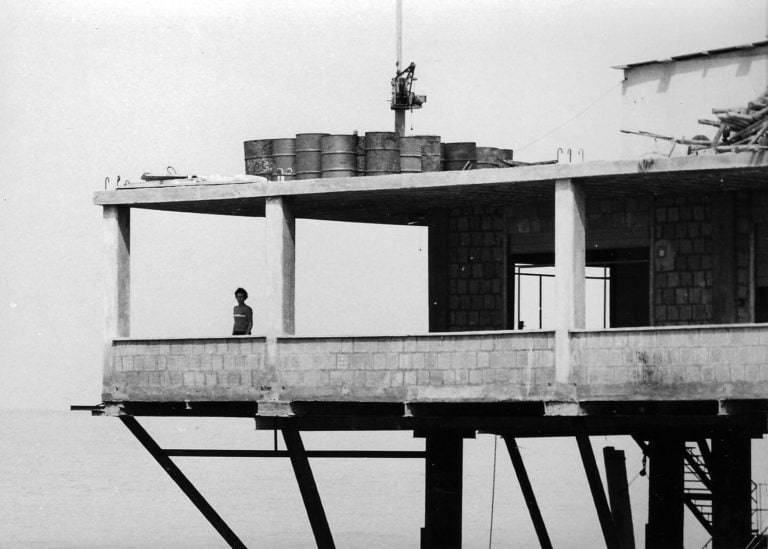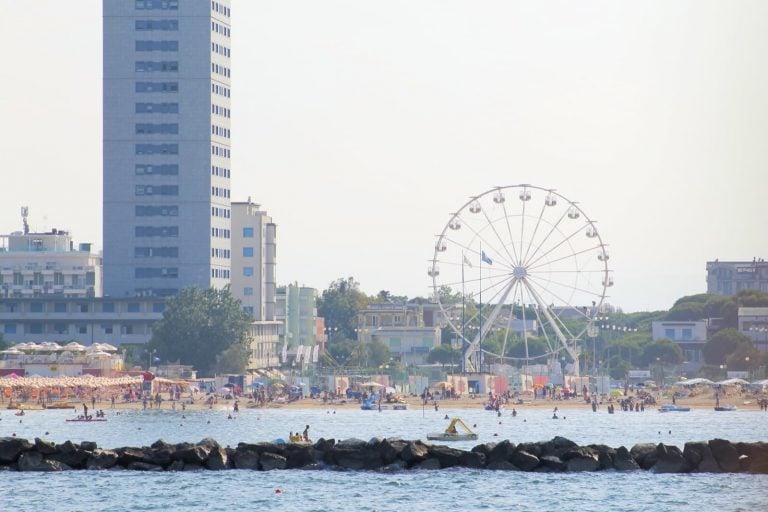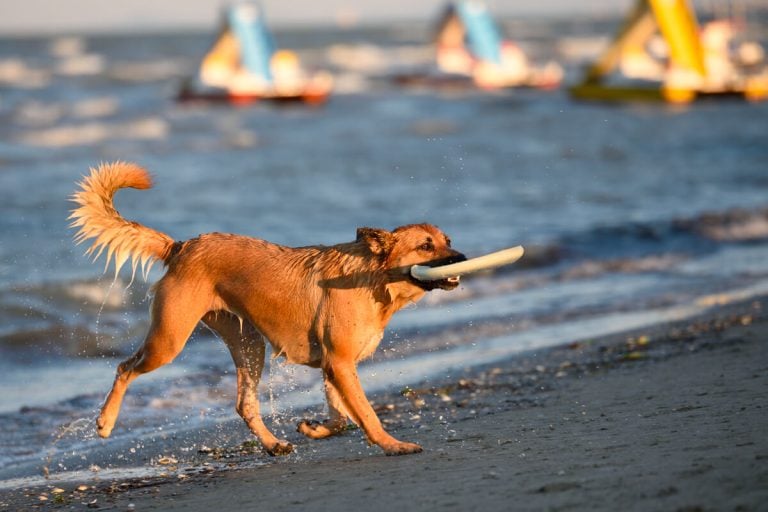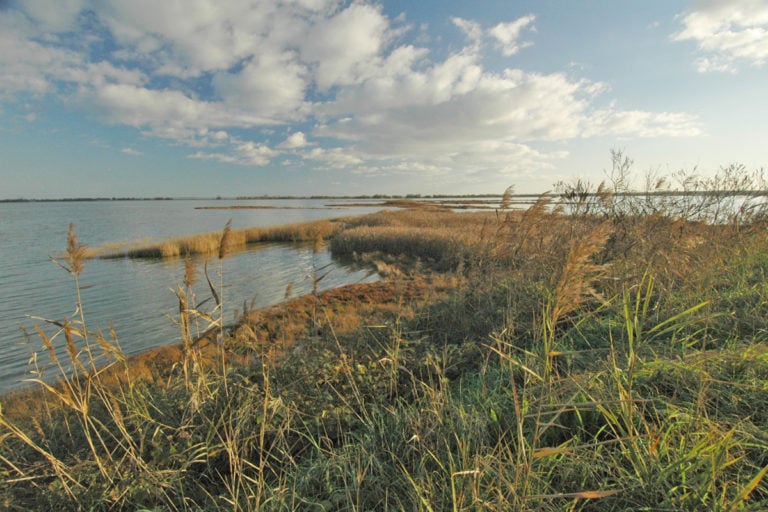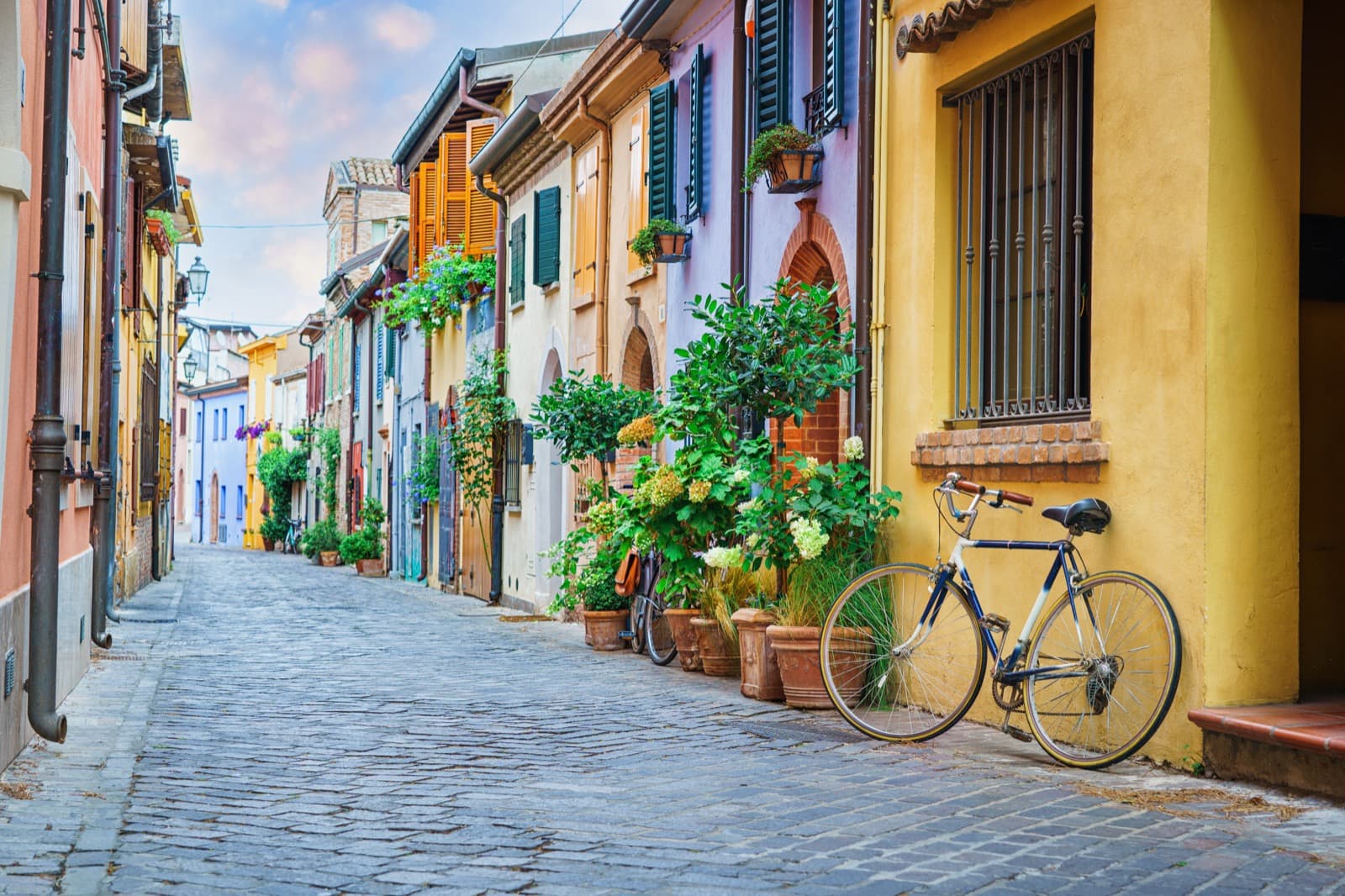There’s a story about a patch of coast in front of the Ravenna beache that I am sure not many people are familiar with.
It is about a tragic affair that took place just over 50 years ago. It was 1965 when the Paguro methane platform, after a violent explosion, disappeared, swallowed up in the waters of the Adriatic Sea.
From that moment on, the Paguro started its metamorphosis and on its structure, devastated theatre of death, little by little started new life, turning this site in one of the most important centres of marine biology in the Adriatic, first and only marine site to be selected as a Site of Community Importance in the Emilia Romagna region (2010).
Let’s start from the beginning: 1963
12°34’57″E and 44°23’4” N: these are the coordinates, the latitude, and longitude, where you would have found Paguro today, 11 km from the coast of Ravenna.
In this area, between 1962 and 1963, the Paguro platform was launched. Together with its colleague and “twin”, the Perro Negro, it was conceived as a moving platform of AGIP for drilling the oil well and extract gas in the waters of the Adriatic Sea.
Everything was proceeding as planned, at least until 28 September 1965. Moved to a new site – the PC7 (Porto Corsini 7): a dozen miles from the mouth of the rivers Fiumi Uniti, during the drilling something irreparable happened.
At first fluid erupted, which would have been easily confinable and staunched, but almost immediately one of the walls of the oil well collapsed. As the platform had been moved, an underlying unexpected gas field containing highly pressurized gas had been damaged.
Remedial actions would have been useless. In little time, the platform completely collapsed, in a cloud of gas and water and in a few hours an unrelenting chain effect made it sink into the sea.
The accident claimed the lives of three Agip technicians (geologist Arturo Biagini, electrician Bernardo Gervasoni and worker Pietro Perri), creating also a crater that brought the surrounding bottom from -27 m to -33 m.
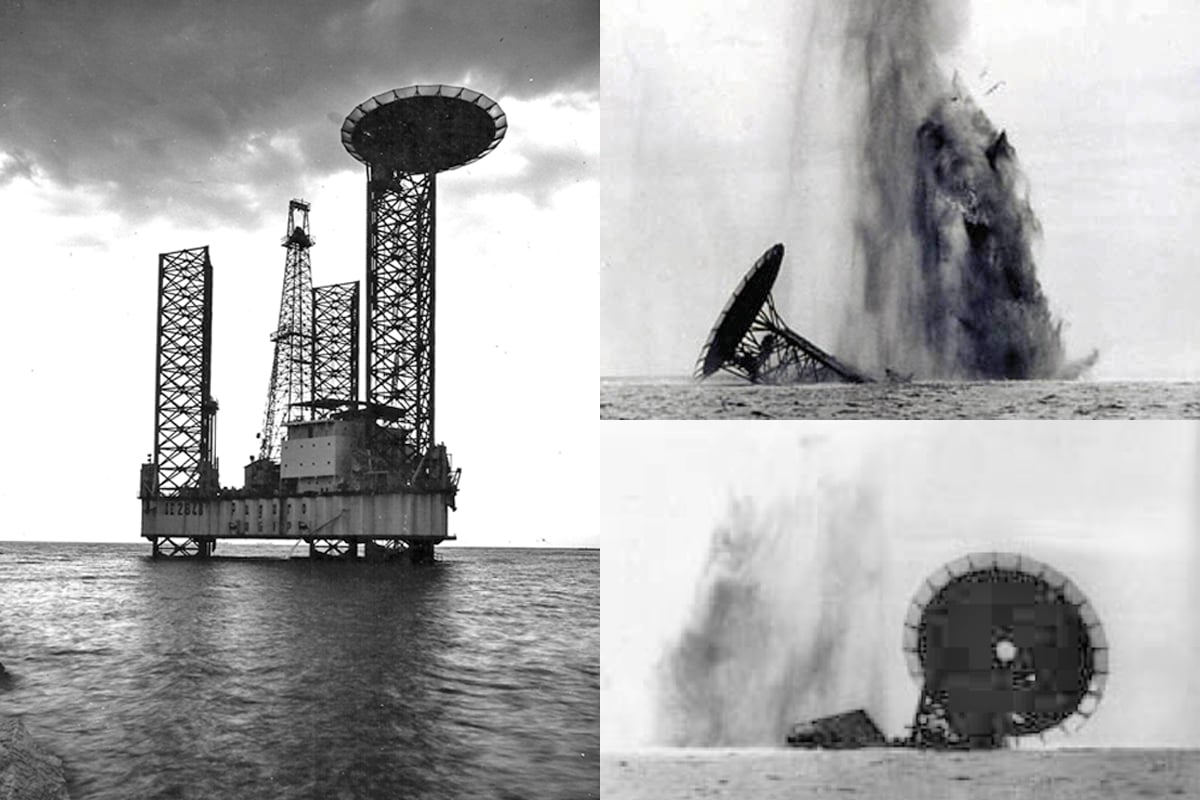
The Paguro Platform, today
50 years later, the wreck is still there, but it has become something completely new, something different and unique for the Adriatic Sea.
The sea subsumed this gigantic construction with its vital force, turning it into a new home for many animal and plant species.
In 1991, to the already lying rests have been added other metal objects coming from the dismantlement of other six Eni platforms, enlarging this big complex, which has become a reference point for all the divers and marine biology enthusiasts today.
Thousands of fish species of every kind have found here their home, turning the spot into a hub of biodiversity and life. In the blue sea, underwater tourists might even spot the cassiopeia jellyfish, the largest in the Mediterranean, but also come across the many red lobsters, rock lobsters and gurnards of all sizes.
If you go deeper down, you may see enormous schools of oily fish, bogues, mackerels, pilchards, bonitos, grey mullets, European basses, corbs, greater amberjacks and even some dolphin that went there to find some food.
On the structures covered by mussels and oysters, spinous spider crabs stand out while flirting or laying eggs; sponge crabs, millions of colourful combtooth blennies hiding behind sea urchins and bright nudibranchs.
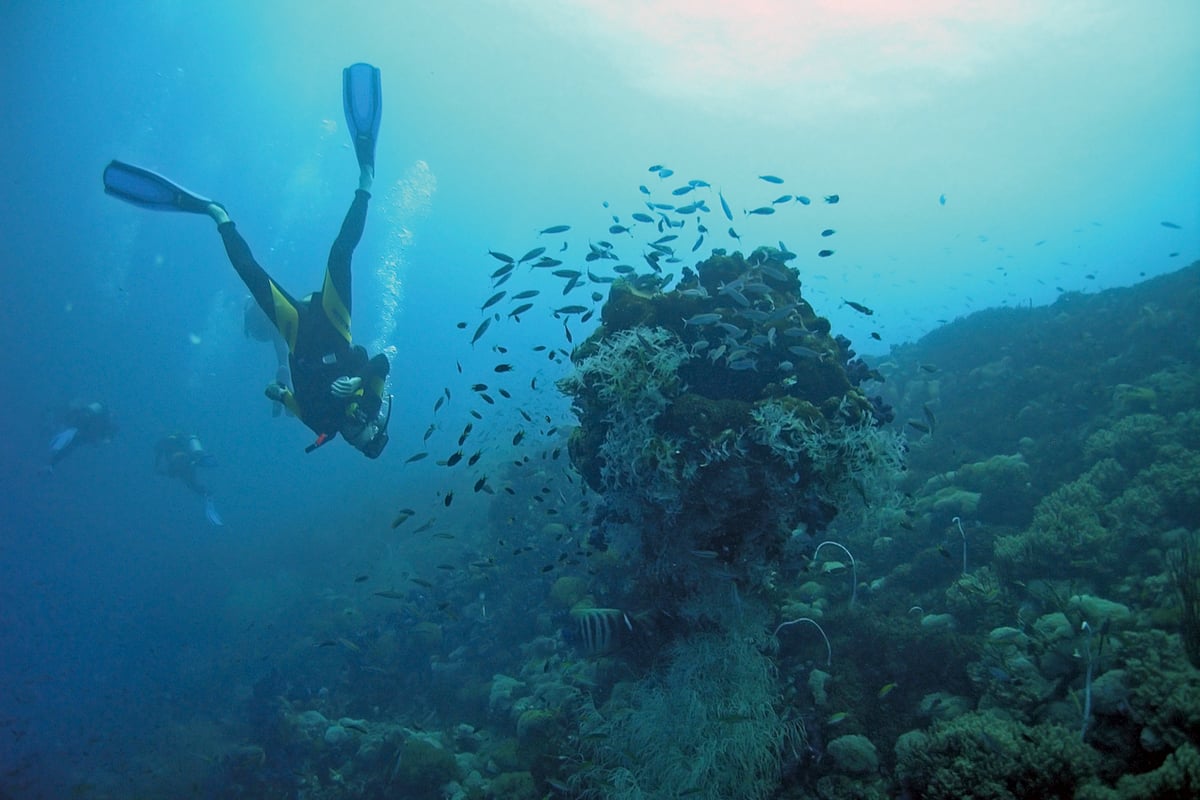
Given the growing number of underwater explorers eager to admire this underwater naturalistic oasis, the Paguro Association was set up in 1995 to regulate diving and safeguard the biological protection zone.
Along with other natural and artificial reefs, the Paguro wreck is at the centre of the AdriReef project, which has the aim of valorising the so-called “blue economy” and fostering research at these sites.
Explore the Paguro platform wreck
Do you know…
… This area was paid homage with a dedicated series of “underwater” wines, the wines of Tenuta del Paguro: in fact, a wine farm chose the Adriatic sea to place its wines 30 m deep in its waters for their ageing.
Author

Davide Marino
Davide Marino was born archaeologist but ended up doing other things. Rational – but not methodic, slow – but passionate. A young enthusiast with grey hair
You may also like
The True Story of Rose Island
by Lo Staff /// January 15, 2021
Blue Flag 2024: the beaches of Emilia-Romagna
by Davide Marino /// May 22, 2024
Pet-friendly beaches in Emilia-Romagna: Pet Proof Your Holidays
by Davide Marino /// June 18, 2019

Interested in our newsletter?
Every first of the month, an email (in Italian) with selected contents and upcoming events.
The Peninsula of Boscoforte, an oasis between Comacchio and Ravenna
by Davide Marino /// June 26, 2020
Sea and Spas: seaside holidays and relaxation
by Elisa Mazzini /// July 31, 2020
